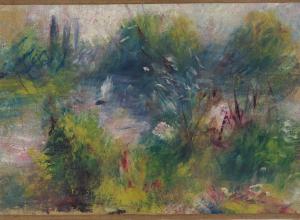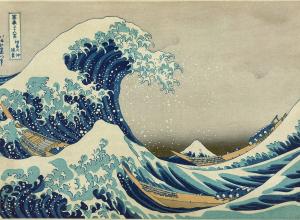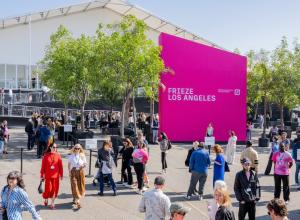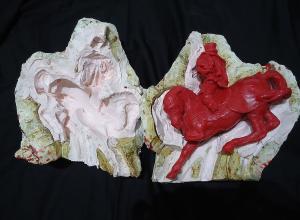
Timothy Curtis, Installation view of Alive-n-Well.
On a sunny spring-like day, amid growing concerns over the spread of COVID-19 and resulting omnipresence of hand sanitizer pump bottles, The Armory Show successfully kicked off The Armory Week, the annual cluster of New York art fairs running from March 4–9. Known to many as the “essential New York art fair,” The Armory Show returns to Manhattan’s Piers 90 and 94 on March 5, featuring 183 galleries from 32 countries as well as 33 first-time exhibitors. This year’s trends: ceramics and figurative painting continue to enjoy strong revivals, and representation of female African artists, African American artists, and the African American experience as subject matter prevailed.
Pier 90 features curator-led projects and initiatives such as the Focus section, curated by Jamillah James (Curator, Institute of Contemporary Art, Los Angeles) which examines revisionist histories; the Platform section, curated by Anne Ellegood (Executive Director, Institute of Contemporary Art, Los Angeles), which features seven large-scale works that reflect sociopolitical satire; and the Perspectives section, which re-contextualizes 20th century works in a contemporary setting, curated by Nora Burnett Abrams (Mark G. Falcone Director, Museum of Contemporary Art Denver).
Pier 94, meanwhile, is devoted to The Armory Show’s longstanding Galleries section, as well as the Presents section—the latter of which shows presentations of works no more than three years old, represented by galleries no more than ten years old.
Given its size, conquering The Armory Show can be a bit of a tour-de-force, but the rewards are many as the fair offers plenty of art for every collector, industry specialist, and art enthusiast. Visitors can take a shuttle between the piers, and if taking in so much beauty makes you hungry, there are plenty of food stands and restaurant pop-ups scattered throughout.
March 5–8; Piers 90 and 94 at 711 12th Avenue; thearmoryshow.com.
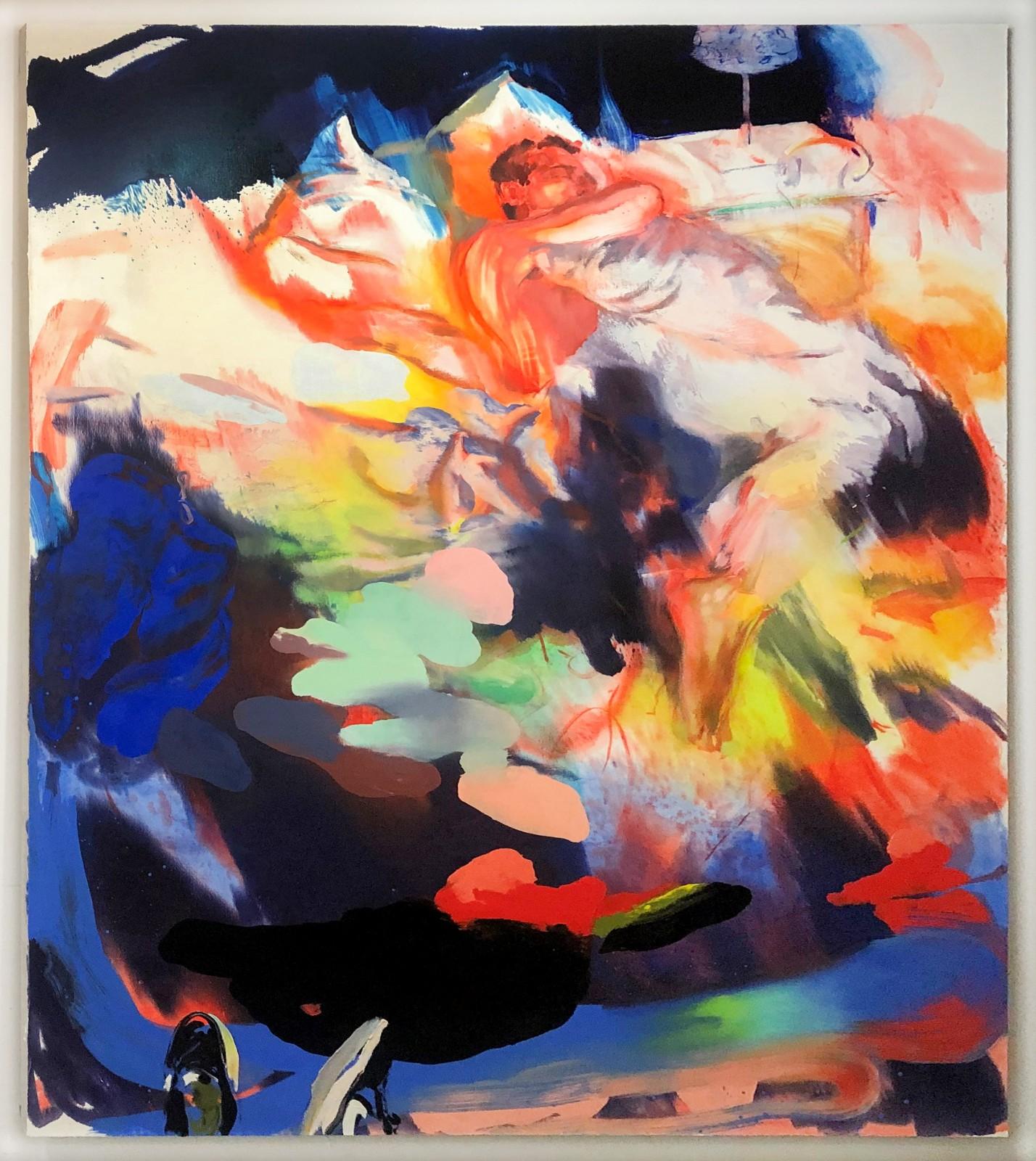
Doron Langberg (b. Israel, based in Brooklyn), Sleeping 2, 2020.
Oil and color pencil on linen. 96 x 80 in (244 x 203 cm).
Langberg's large-scale portraits on canvas render friends, lovers, and family members, focusing on love and desire as fundamental human experiences. In his work, queerness functions as a lens through which Lundberg views the world around him, capturing moments ranging from the mundane to the deeply intimate.
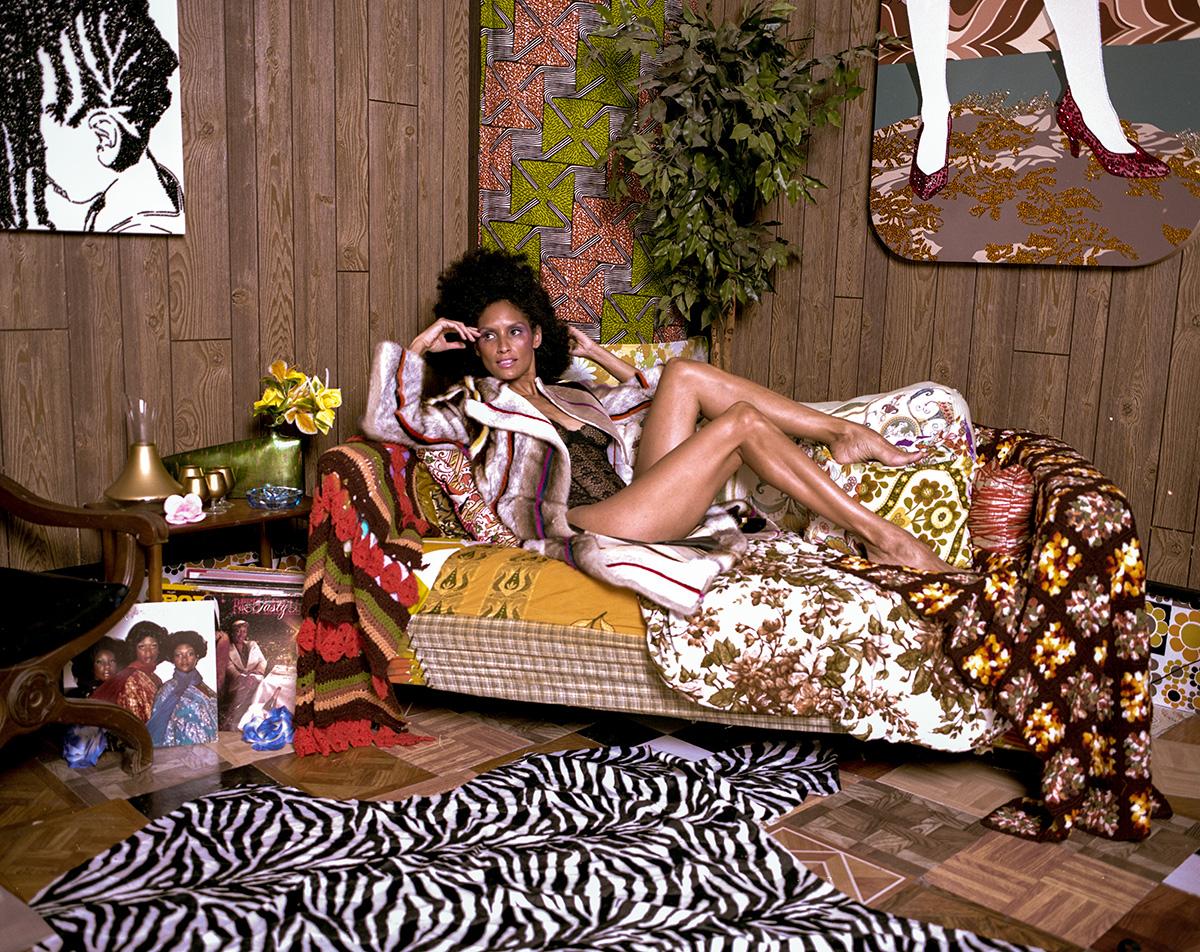
Mickalene Thomas (United States), Racquel #3, 2013.
Chromogenic print. 48 x 60 in.
Mickalene Thomas’s vast body of multi-media portraits critically deconstructs traditional definitions of beauty, race, and gender, specifically in relation to black women. Known for her monumental, rhinestone-encrusted paintings of domestic interiors and female subjects, Thomas identifies photography as playing a central role within her practice. This photograph depicts Racquel Chevremont, Thomas’s partner in life and work.
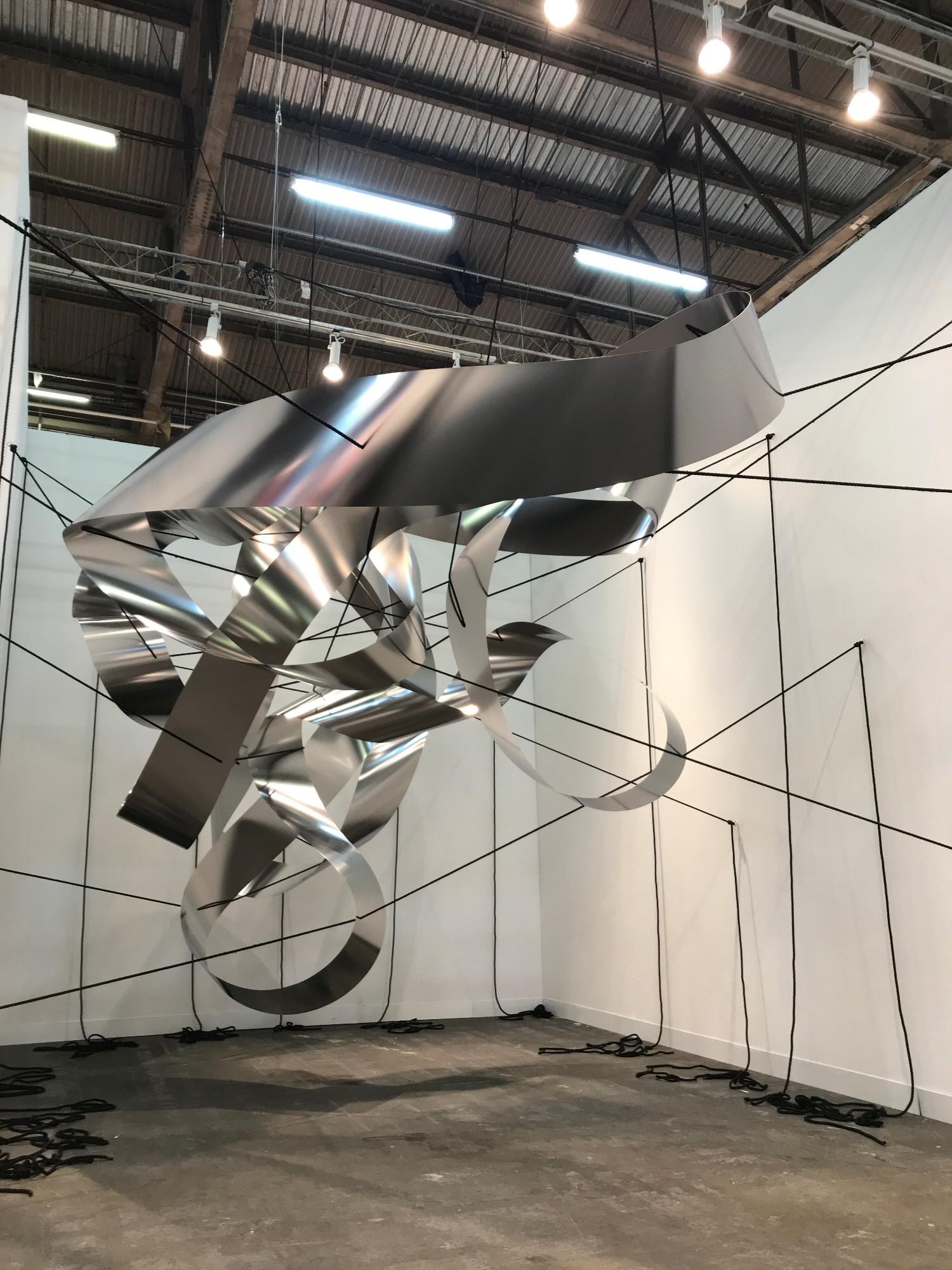
Liva Isakson Lundin (Sweden), To Hold Sway, 2018.
Stainless spring strip steel. Site-specific, dimensions vary.
Liva Isakson Lundin creates otherworldly installations by bringing together contrasting materials in fresh and unforeseen ways. In To Hold Sway (2018), ribbons of strip steel loop and sashay through the air with the delicacy of silk, yet the numerous taut ropes holding the metal in place testify to the medium's lethal potency were it to snap free. The artist's expansive use of space animates the room and gives the impression of kinetic propulsion, although the works are in fact static.
June Edmonds (United States), Shadd Cary Flag, 2020.
Acrylic on linen. 74 x 50 in (188 x 127 cm).
June Edmonds’s Flag Paintings explore the American flag as a symbol of ideals, promises, and identity. Each flag is associated with the narrative of an African American, past or present. Edmonds explores the psychological construct of skin color, utilizing the primary colors of brown skin tones to build symbols of American identity that reflect the broader changes in the racial and ethnic makeup of the country's population and the ideals and promises enshrined in the Constitution.
This year, Edmonds was the first-ever recipient of the The Armory Show's Aware Prize. The new $10,000 prize is awarded to solo presentations by female artists. The award takes its name from the Parisian nonprofit AWARE (Archives of Women Artists, Research, and Exhibitions).
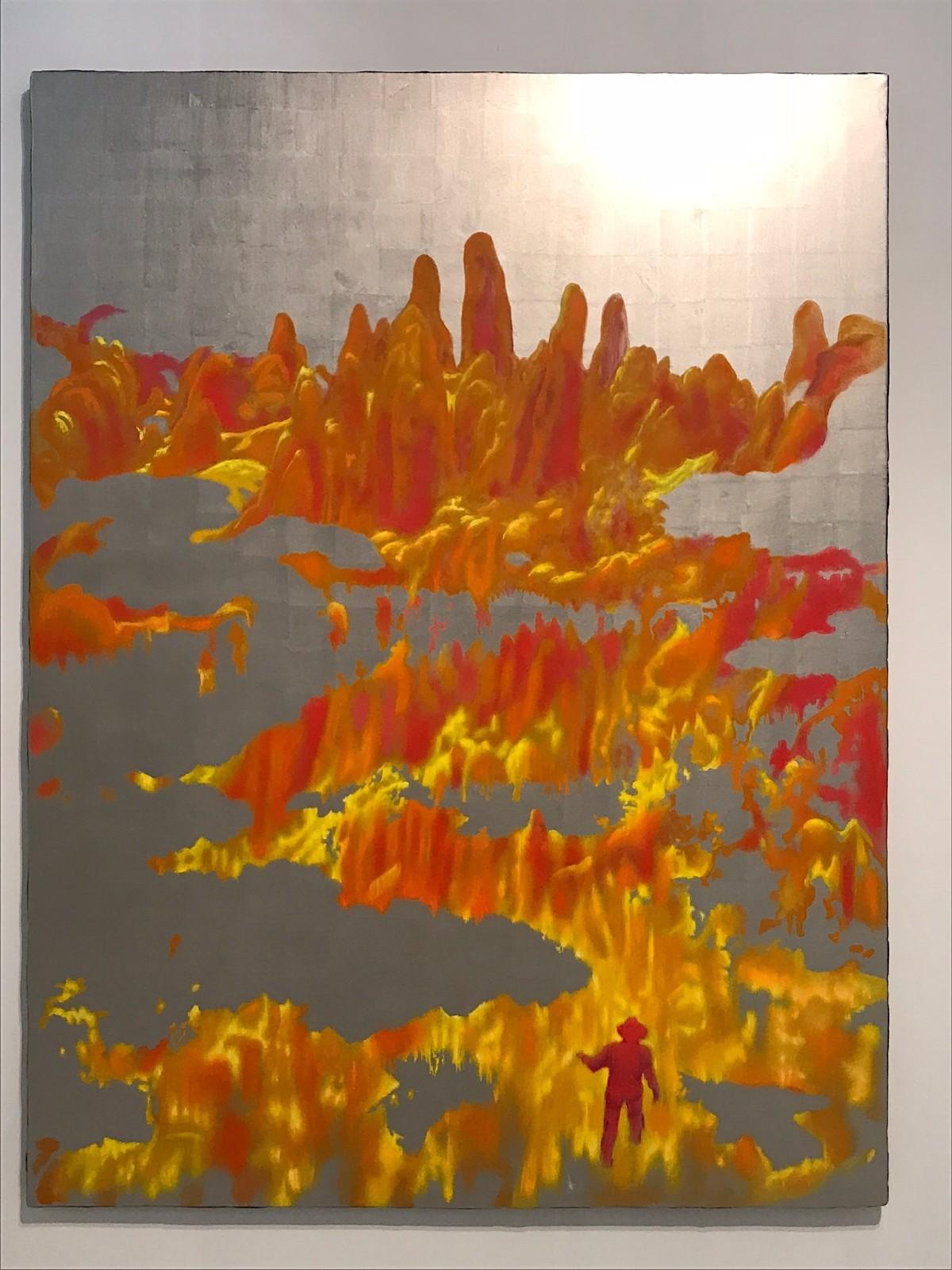
Laurent Grasso (France), OttO, 2019.
Oil on palladium leaf on wood. 72 1/16 x 62 3/16 x 1 15/16 in.
Laurent Grasso has developed a fascination with the visual possibilities related to the science of electromagnetic energy, radio waves, and naturally occurring phenomena. Grasso explores these sciences as they apply to paranormal activity, a favorite subject of 18th-century scientists and philosophers that was often parlor entertainment during the Victorian era. The painting on display is part of a 2019 exhibition centered around Grasso’s 2017 film OttO, which was filmed on four aboriginal sacred sites in the Northern Territory of the Australian desert.
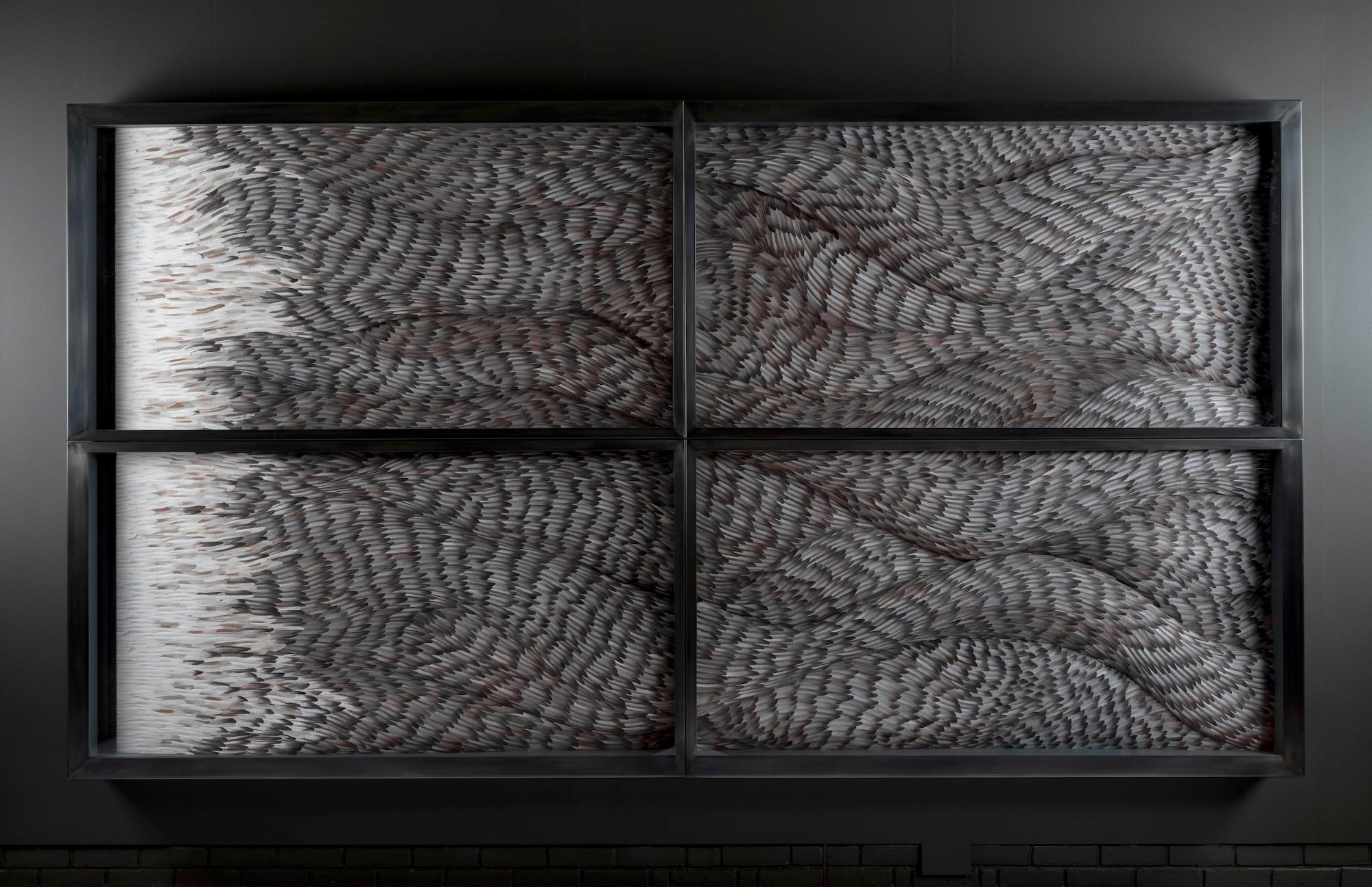
Kate MccGwire (UK), SASSE/SLUICE, 2018.
Mixed media with pigeon feathers. 154.7 x 84.6 x 23 in.
Kate MccGwire is an internationally renowned British sculptor whose practice probes the beauty inherent in duality, employing natural materials to explore the play of opposites on an aesthetic, intellectual, and visceral level. Growing up on the Norfolk Broads, her connection with nature and fascination with birds was nurtured from an early age, with avian subjects and materials appearing as recurring themes in her work. Reminiscent of the Aztec feathered serpent god, Quetzalcoatl, SASSE/SLUICE is astonishingly tridimensional and pulsates with kinetic energy.
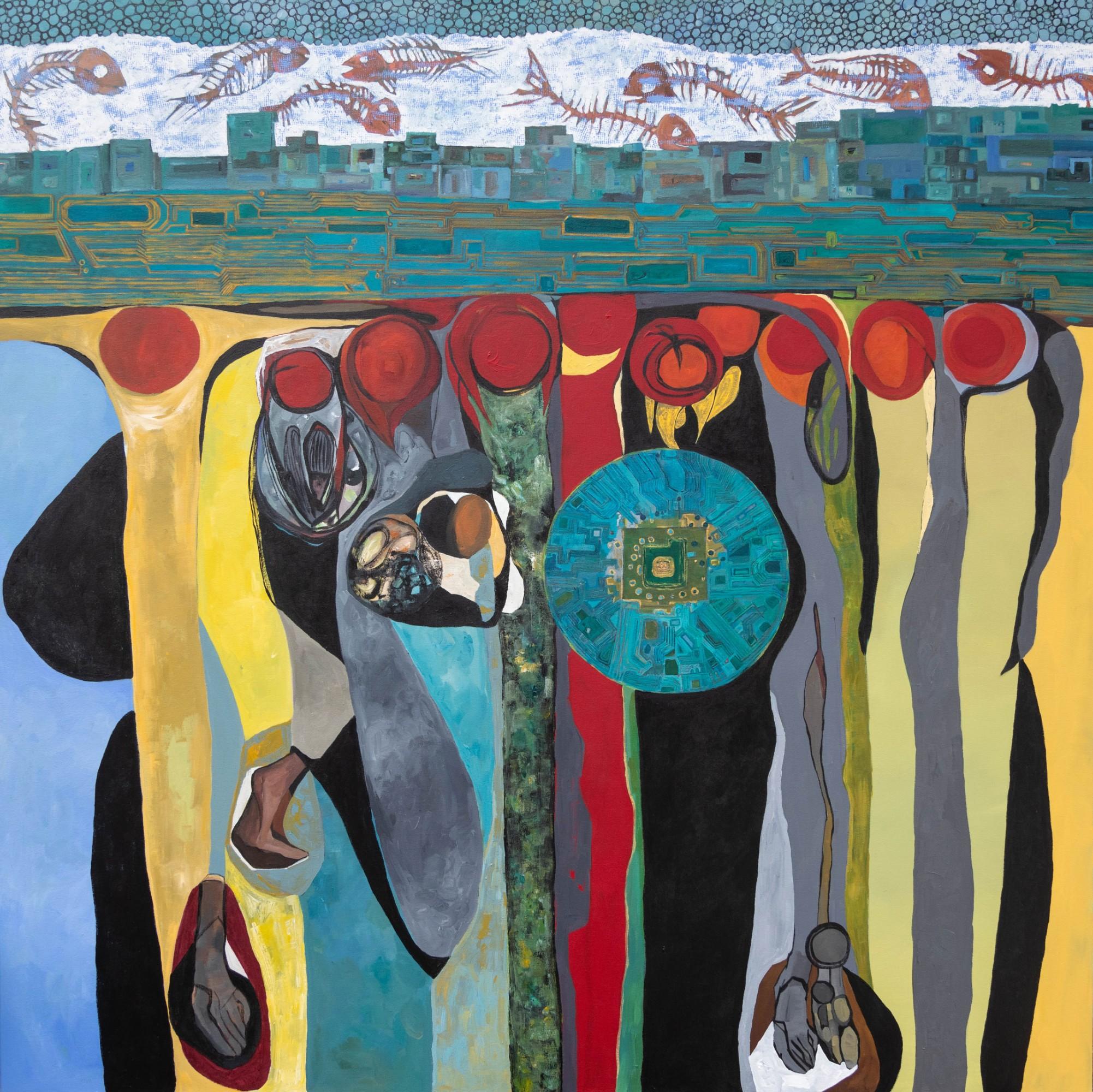
Merikokeb Berhanu (Ethiopia), Untitled XLIV, 2020.
Acrylic on canvas. 172.7 x 172.7 cm.
Merikokeb Berhanu is one of Ethiopia’s most exciting contemporary artists. Her work combines the surreal and the abstract as she delves into subject matters relating to life, death, maternity, and growth. Trained by an elite group of Modernist artists, she is part of a generation of Ethiopian painters who are starting to gain recognition in the international art world. Engaging with a long and deeply-rooted tradition of Ethiopian painting, Merikokeb's works feature abstract forms with dense backgrounds that interact with organic symbols.
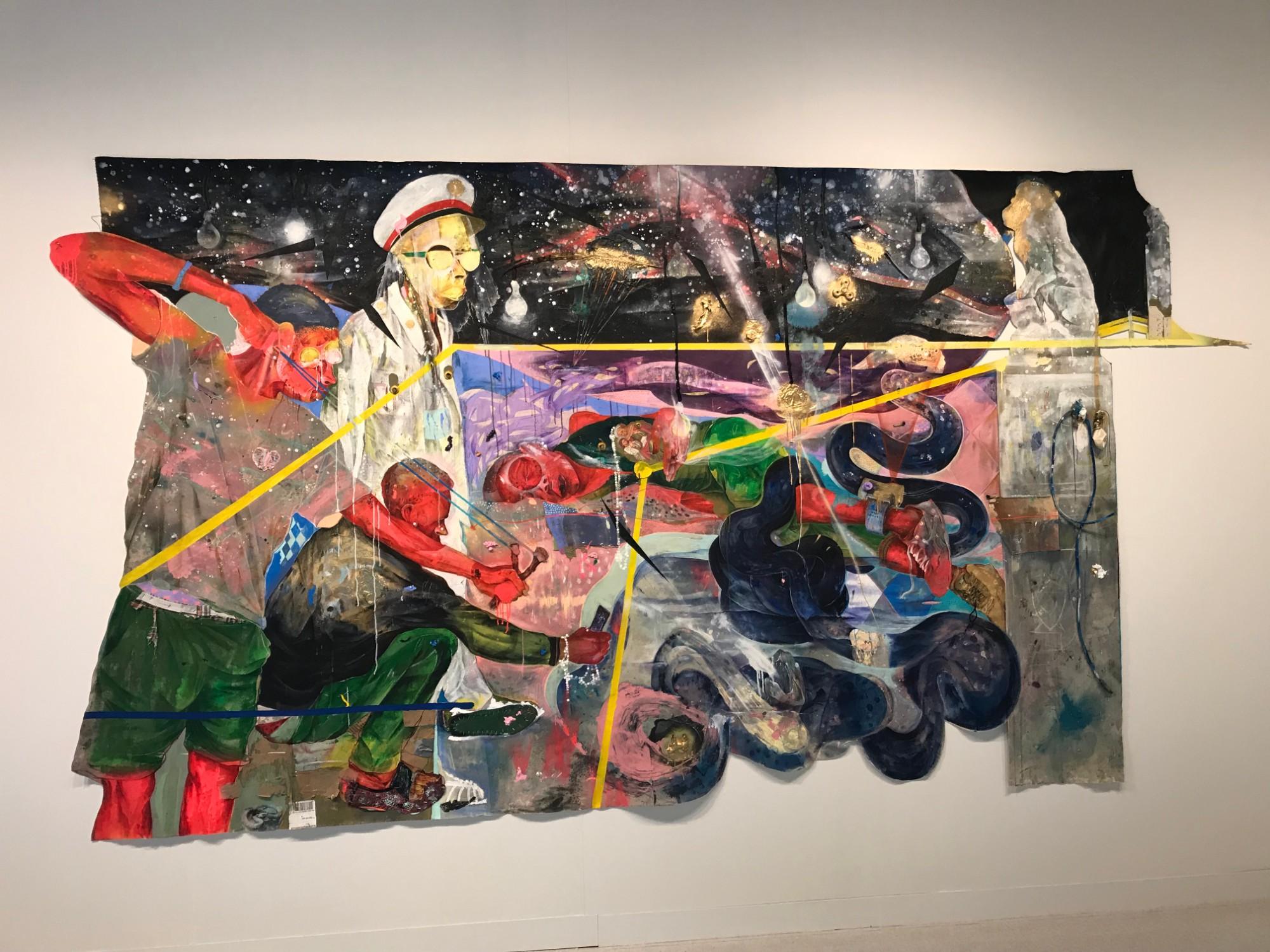
Lavar Munroe (Bahamas), 17/18 'WWJD', 2020.
Acrylic, spray paint, sneakers, balloon, staples, extension cord, cardboard, boxer shorts, fabric, blunts, toys, and collage on cut canvas. 84 x 144 in.
Lavar Munroe is a multimedia artist whose work transverses painting, sculpture, and installation. Drawing on memories of crude graffiti murals from his neighborhood in Nassau, Bahamas, and his personal history of survival and trauma, Munroe creates vivid portraits that confront systems of oppression in contemporary society. Though inspired by the past, his energetic and unapologetic visual language addresses current strained relationships between authority and people of the ghetto.
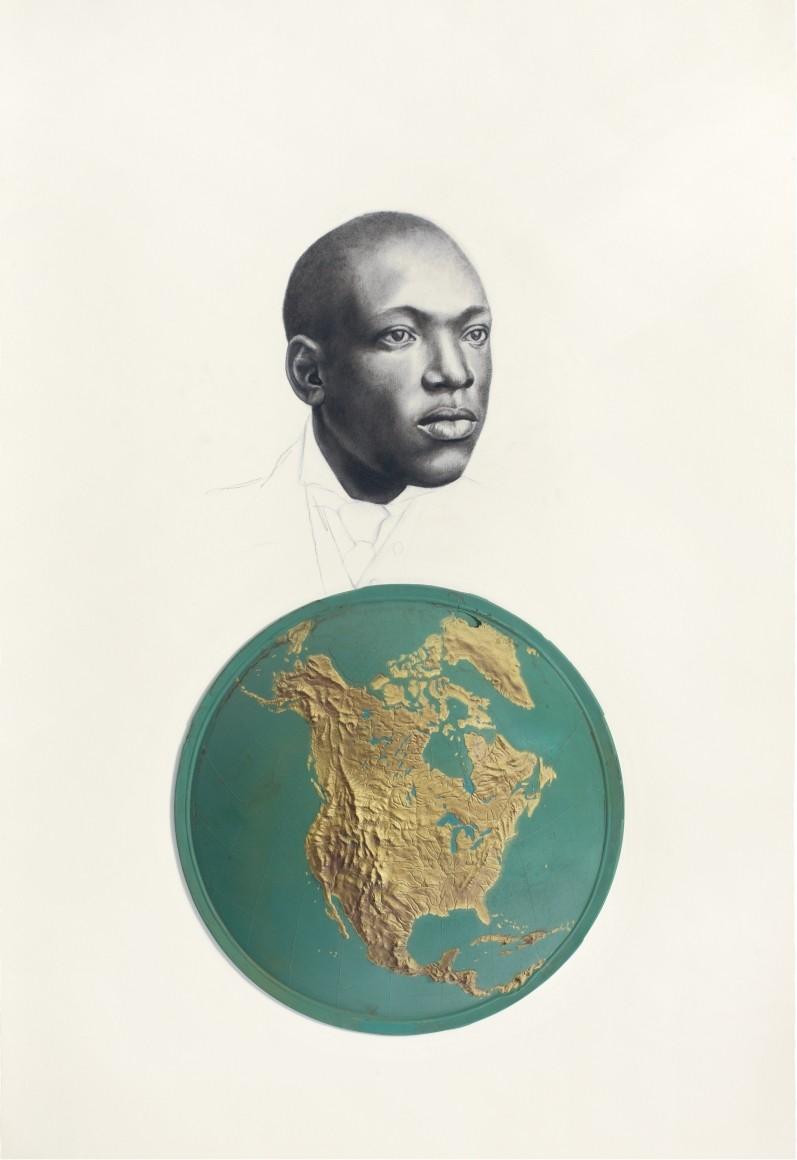
Whitfield Lovell (United States), Spell no. 2 (The Heart Is Mad), 2019.
Conté on paper with attached found object. 59 3/4 x 41 x 5 in.
Whitfield Lovell is internationally renowned for his installations that incorporate masterful Conté crayon portraits of anonymous African Americans from the period between the Emancipation Proclamation and the Civil Rights Movement. Exhibited for the first time at The Armory Show 2020, The Spell Suite is comprised of eleven large-scale assemblages. Lovell utilizes Conté crayon to compose anonymous faces, juxtaposing each exquisite drawing with a found object that evokes personal memories, ancestral connections, and the collective American past.

Iván Navarro (Chile), Shrapnel, 2020.
LED, glass paint, wood, sandblasted mirror, one-way mirror and electric energy, unique in a series of 5. 48 X 48 in.
Born in 1972 in Santiago, Iván Navarro grew up under the Pinochet dictatorship. He has lived and worked in New York since 1997. Iván Navarro uses light as his raw material, turning objects into electric sculptures and transforming the exhibition space through visual interplay.
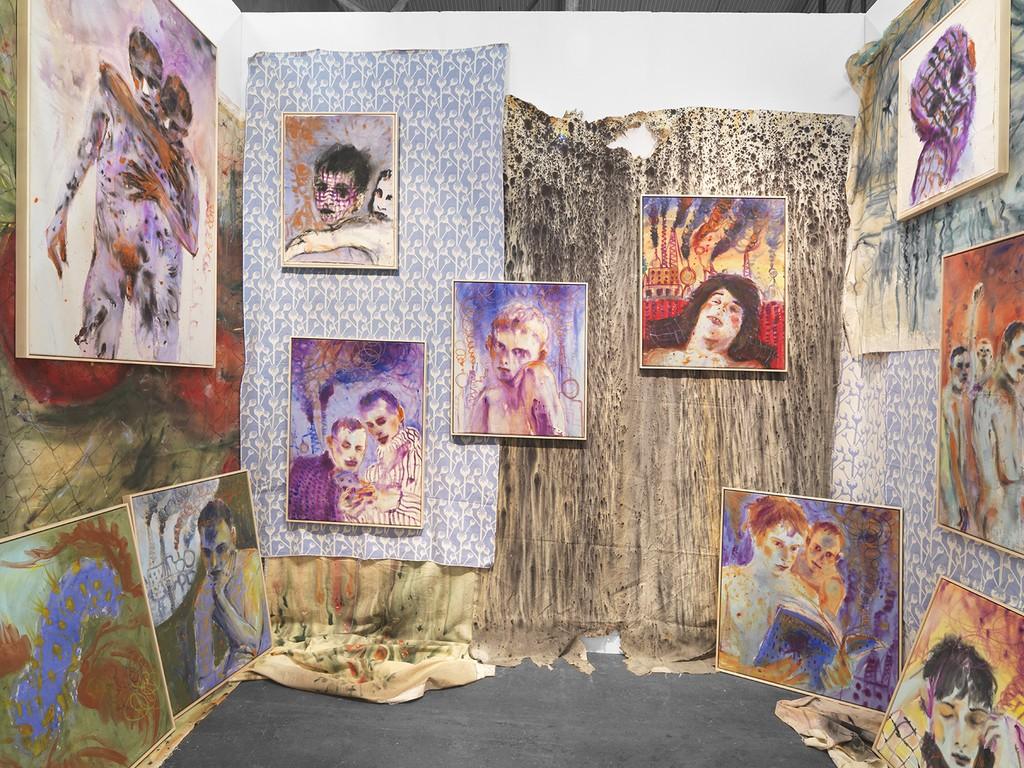
Andrej Dúbravský (Slovakia), Installation view of a suite of 2020 paintings.
Dúbravský creates depictions of idyllic landscapes, silhouetted skylines of factories, portraits of himself and of animals, and studies of male figures that confront timely issues of agriculture, industry, politics, identity, and sexuality. The works on display reflect an ethical hedonism and sustain utopian ideals under dystopian conditions.







